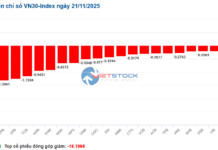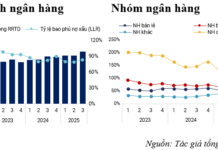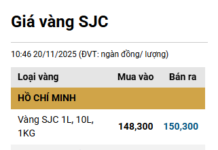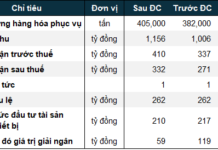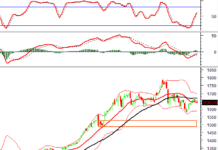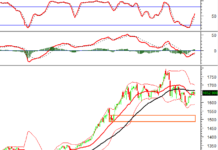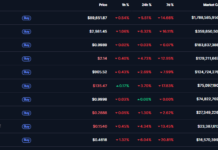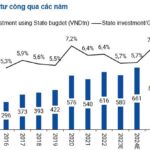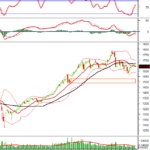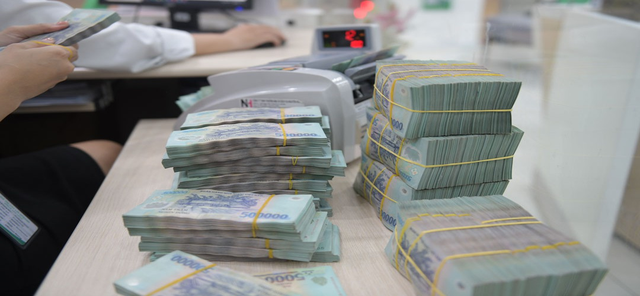
Illustration
What is the Paradox of Thrift?
The Paradox of Thrift, a theory coined by British economist John Maynard Keynes, posits that personal savings can become a burden on a country’s economy during a recession. Also known as the “paradox of saving,” this theory challenges the assumptions of classical microeconomics, suggesting that either prices are inflexible or producers are unable to adapt quickly enough to changing conditions.
Keynesian economics suggests that during an economic downturn, it is advisable to increase spending, take on more risk, and save less. According to Keynes, a recession results in underutilized resources, including land, labor, and capital. He argued that consumption and spending are the drivers of economic growth. While it may be rational for individuals to reduce their spending during tough times, this behavior can have detrimental effects on the economy as a whole.
When aggregate consumer spending decreases, businesses may be forced to further reduce their output, exacerbating the recession. The Paradox of Thrift highlights the dichotomy between individual and collective rationality.
For instance, during the Great Recession following the 2008 financial crisis, the personal saving rate in the United States increased from 2.9% to 5%. In response, the Federal Reserve significantly lowered interest rates to encourage more spending.
The first description of the Paradox of Thrift appeared in Bernard Mandeville’s “The Fable of the Bees” (1714), where he argued that spending, not saving, is the key to prosperity. Keynes acknowledged Mandeville’s influence in his seminal work, “The General Theory of Employment, Interest and Money” (1936).
Limitations of the Paradox of Thrift
Critics of the Paradox of Thrift argue that it overlooks the Law of Markets, which states that goods must be produced before they can be exchanged. To produce more, investment in machinery and savings are necessary.
Additionally, the paradox does not account for the potential impact of current spending on future prices, which may affect production and employment differently than Keynes predicted.
Another criticism is that the role of banks is overlooked. Savings can be lent out, and when savings increase, interest rates tend to decrease, leading to more lending and new spending.
Keynes countered that the Law of Markets was flawed and that prices were too “sticky” to adjust flexibly. However, economists continue to debate this, and some believe that Keynes misinterpreted the Law of Markets.
Example of the Paradox of Thrift
Consider the hypothetical case of Ivan, who owns a computer component factory and is a major employer in the town of XYZ. With plans to expand his business, Ivan intends to purchase new machinery and hire additional workers. However, when a recession hits, he decides to tighten his spending. The factory cuts the night shift and lays off workers. Consequently, these unemployed individuals have less income to spend, leading to further reduced demand for the factory’s products, weakening the local economy, and increasing social welfare costs.
A real-world example can be observed during the Great Recession, where the percentage of young Americans aged 25–29 living with their parents increased from 14% in 2005 to 19% in 2011. While this arrangement reduced rental costs for these individuals, it also resulted in an estimated $25 billion annual loss to the economy.
In summary, the Paradox of Thrift, proposed by John Maynard Keynes, suggests that personal savings can hinder overall economic growth during a recession. While the theory advocates for lower interest rates to stimulate spending, it has been criticized for neglecting the potential impacts of inflation and deflation, the role of capital, and the Law of Markets. Nonetheless, for individuals, the decision to save remains a personal one and should be aligned with their financial circumstances.
Wealthy Province: Post-Merger, Phu Tho Ranks Among Vietnam’s Top 10
In the first half of this year and July, the province of Phu Tho witnessed remarkable socioeconomic progress, with an average economic growth rate of 10.09%, ranking among the top 10 fastest-growing localities nationwide. This impressive growth has attracted over USD 469 million in foreign direct investment (FDI).
3 Vietnamese Islands with Airports: A Trio of Tropical Getaways, Modern Infrastructure Marvels, and Billion-Dollar Tourism Hotspots
Vietnam, with its vast archipelago of approximately 4,000 islands, presents a unique opportunity for development. Only three of these islands are currently served by civilian airports, which have become powerful catalysts for economic growth, tourism, and real estate ventures worth billions of dollars.

